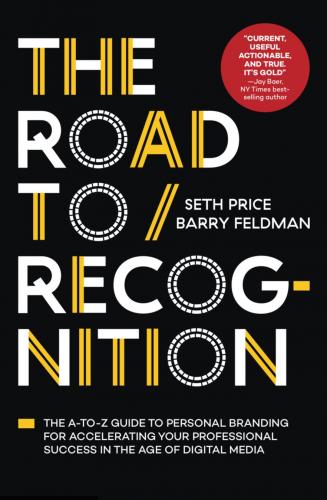Use the web as your library. Put some effort into enhancing the credibility of your posts with research and data that supports your story.
Respect grammar
Blog posts don’t need the approval of a professor. Understand what does and doesn’t abide by grammatical standards, but don’t be afraid to bend the rules in the interest of style. Just don’t embarrass yourself with careless grammar.
Proofread
You’ll benefit from a second set of eyes. If an editor or proofreader is not an option, step up your own internal review system. For spelling, try proofreading your posts backwards—yes, one sentence and word at a time. It also helps to incubate your posts, that is, let them lie for a day or more and return with fresh eyes. Far fewer mistakes will slip by.
Have fun
Don’t be stiff and formal and in the habit of cramming useless jargon into your posts. Allow yourself to have fun with the writing.
Make an ask
Like any piece of marketing communications, you should conclude with a call to action. When you’ve succeeded in taking your reader on a journey you’ll want to be a good tour guide and suggest a next step: subscribe, download, read, share. Your options are many.
Stay consistent
The top reason bloggers fail is they simply stop blogging. Establish a reasonable release schedule (it doesn’t have to be daily or even weekly) and stick with it. It takes time to build an audience. You need to keep at it.
Create content
to connect with
your target audience
Valuable content has magnetic power. On your blog—or in addition to it—create an interesting mix of content in various formats to earn the mindshare and trust your brand needs.
C is for Content
I’m considering hiring you. I do a search for your name. There you are: your website and blog, your social media profiles, maybe more. What I’m about to see when I click—your content—is going to make some sort of impression on me.
Your brand is largely defined by the content you create and publish.
As such, The Road to Recognition is largely about content creation. The previous chapter was about blogging, a cornerstone strategy for most personal branders. Many of the chapters that follow focus on additional areas of content marketing. And most of the other chapters focus on strategies to enhance the success of your content because it’s a mainstay of your personal brand development.
Bottom line: the content you offer conveys to the world what you stand for and demonstrates where you can create value. It reveals who you are professionally. “Our online words are our emissaries. They tell our customers who we are,” writes Ann Handley in her great book, Everybody Writes.
The term “thought leader” has come to mean a person of influence—a trusted expert. Identify the thought leaders in your niche, or any niche. Unsurprisingly, they’re the best content creators.
Investing in content is investing in your career
Content marketing is essentially publishing valuable content to attract and engage a targeted audience. It’s been ridiculously hot for a decade and it’s impossible to fathom it will change anytime soon. Nearly every brand aiming to build their business via digital channels produces content of some sort. You must do the same. Why? Because your content:
Showcases your skills—You put your knowledge on display and make it accessible.
Attracts an audience—Content is discovered via search, social and other channels.
Engages your audience—Great content gets people interested in you and can start a conversation.
Increases your reach—When your content is easy to access and inspired, it’s often featured by other content creators and shared.
Fuels your social media presence—Your content is the focus of what you share via social media channels.
What should you create?
A blog is a smart place to start, but it’s certainly not your only option and it may not suit you. Let’s explore your content creation options now. For starters, I’ll present a short list of what people are looking for from content:
Education
Entertainment
Inspiration
The best content delivers a combination of two, or all, of the above. Let’s move on to how people consume content:
Read
Look at
Listen to
Again, you have the option to use them separately or in combination. A multi-media approach will often improve engagement.
Now here’s a list of popular content formats:
Blog post
Article
Infographic
Video
Podcast
Case study
eBook
Book
White paper
Webinar
Event
Slideshow
Newsletter
Quiz or assessment
Image
This list is long, but hardly complete. Content types continue to proliferate and are only limited to your imagination. The different types or styles of content you can create is long too:
Guide
Tutorial
List
Tool
Template
Story
Opinion
Review
Interview
Roundup
Research
Portfolio
So what content should you create? Consider this equation based on the lists I’ve offered:
Content Goal + Content Format + Content Style = X
X has endless possibilities. I don’t know there is a perfect way to solve for it. You need to research the needs and behaviors of your audience, market and competition. You’ll likely form some hypotheses—or hunches. Then you experiment (keeping an eye, of course, on your results).
Begin with something in your comfort zone. Say you’re a chef. Your formula might be:
